July 5, 2024
Italian university system: How does it work?
Italy, renowned for its rich cultural heritage and historical landmarks, also boasts a robust education system with a unique approach to higher education.
This blog explores the intricacies of the Italian university system, its suitability for international students, and its contrast with the British university system.
How does the Italian university system work?
Structure and degrees
The Italian university system is structured into three main cycles, similar to the Bologna Process adopted across Europe. The first cycle leads to a Laurea (equivalent to a Bachelor’s degree), which typically takes three years to complete. Following this, the second cycle is the Laurea Magistrale (equivalent to a Master’s degree), which usually requires two additional years of study. The third cycle is the Dottorato di Ricerca (Doctorate), which can take up to three more years and involves original research.
Admission and enrollment
Admission to Italian universities is generally based on a student’s high school credentials and performance on entrance exams, which vary by university and specific program. For international students, proficiency in Italian may also be required, as many courses are taught in the language. However, there are increasing options for courses taught in English, particularly at the graduate level.
Academic year
The academic year in Italy is divided into two semesters. The first semester usually runs from September or October to January or February, while the second lasts from February or March to July.
Is the Italian education system adapted to international students?
Italian universities have been increasingly adapting to the needs of international students. Many universities offer courses in English, particularly in fields such as business, engineering, and international relations. Additionally, universities often have dedicated offices to assist international students with accommodation, visa processes, and integration into university life.
Support services
Services such as orientation days, Italian language courses for beginners, and mentoring programs are commonly available to help international students adjust. The CIMEA (Information Centre on Academic Mobility and Equivalence) and other such organisations provide valuable resources for understanding the Italian higher education system and easing the transition for international students.
Language preparation
For those who need or want to study in Italian, universities typically offer language preparation courses. These courses are often available both before and during the academic year, allowing students to achieve a functional level of Italian language proficiency conducive to their academic success and everyday life.
Cultural adaptation
Adapting to a new educational and cultural environment can be challenging. Italian universities often provide cultural integration courses that cover local customs, basic legal rights and responsibilities, and even practical aspects of living in Italy, such as setting up a bank account, navigating public transportation, and understanding the Italian healthcare system.
Academic support
Academically, international students may face challenges such as different grading systems, classroom dynamics, and examination styles. To address these issues, universities often offer workshops or seminars on academic writing, study skills, and specific course content. Moreover, tutoring services and peer mentorship programs are frequently available to provide additional academic support.
Challenges
However, challenges remain, particularly with bureaucratic procedures, which can be complex and time-consuming. The academic culture in Italy also emphasises independent study and critical thinking, which might be different from what students are accustomed to in their home countries.
Differences between British and Italian university systems
Curriculum and teaching style
The Italian system tends to be more theoretical and less applied in its teaching methods than the British system, which is often more practical and research-oriented. Italian courses usually involve final exams that cover the entire semester’s material, whereas British courses may include continuous assessment through essays, projects, and exams.
Duration and specialisation
Undergraduate degrees in Italy are generally shorter (three years) compared to those in the UK (typically three to four years, with four often for specialised degrees like engineering). Italian degrees often require students to choose their field of specialisation when they begin their studies, unlike in the UK, where students might have more flexibility to explore different disciplines in the initial years.
Tuition fees and living costs
Tuition fees in Italy are comparatively lower than in the UK, often ranging from 850 to 1,000 euros per year for EU students, with similar rates for international students in public universities. Living costs in Italy can also be more affordable, depending on the city. Conversely, the UK has higher tuition fees and living costs, particularly in major cities like London.
Conclusion
The Italian university system offers a distinctive educational approach characterised by its structure, historic academic institutions, and increasing adaptability to international students. While it presents certain challenges, the benefits of studying in Italy—such as lower costs, a rich cultural experience, and a strong emphasis on theoretical foundations—make it an attractive option for many students worldwide. Comparatively, the British system provides a different set of advantages, including a more practical approach and extensive use of continuous assessment. Prospective students should consider their academic and professional goals, along with their personal preferences, when choosing between these two diverse educational landscapes.


